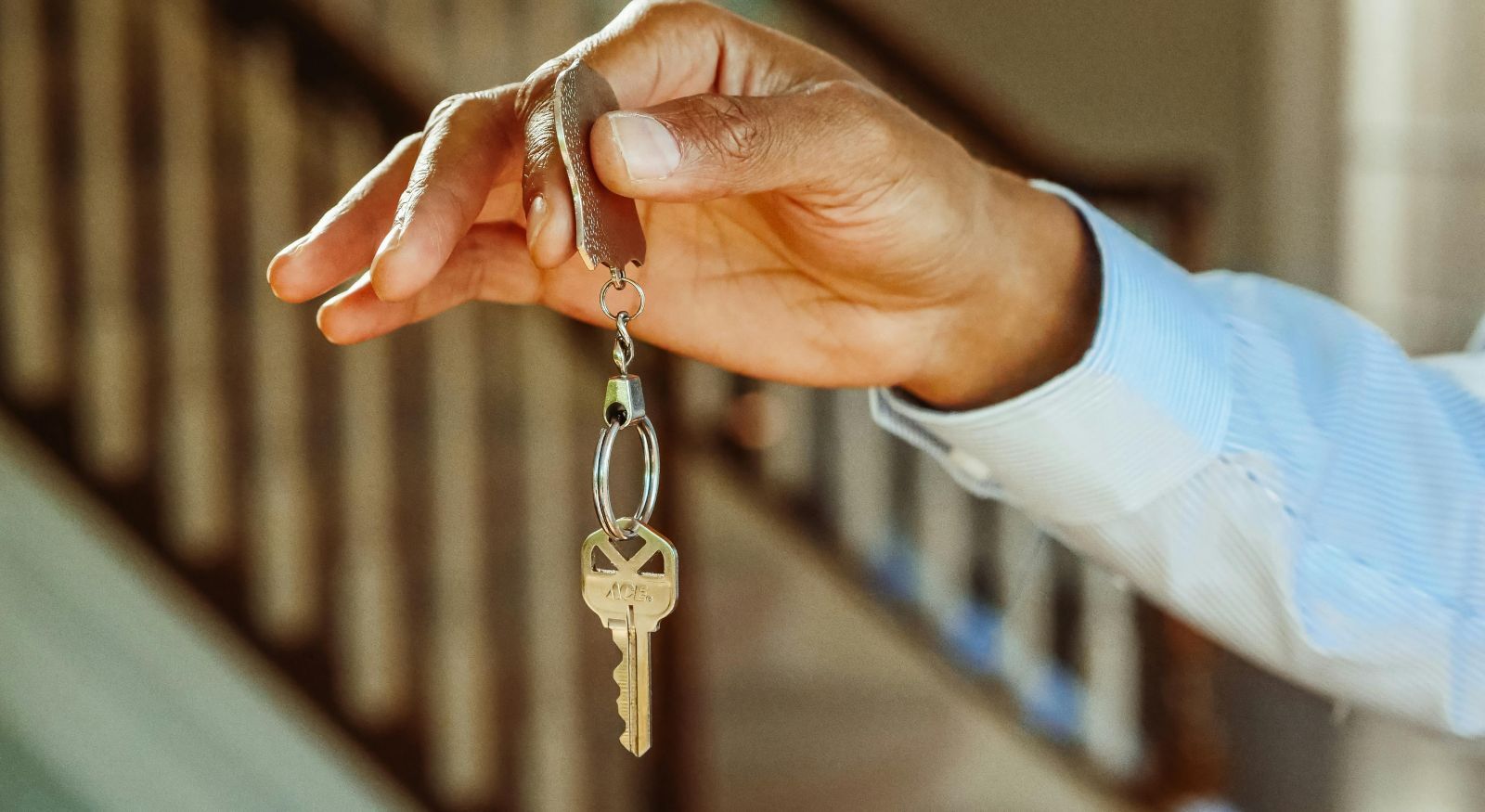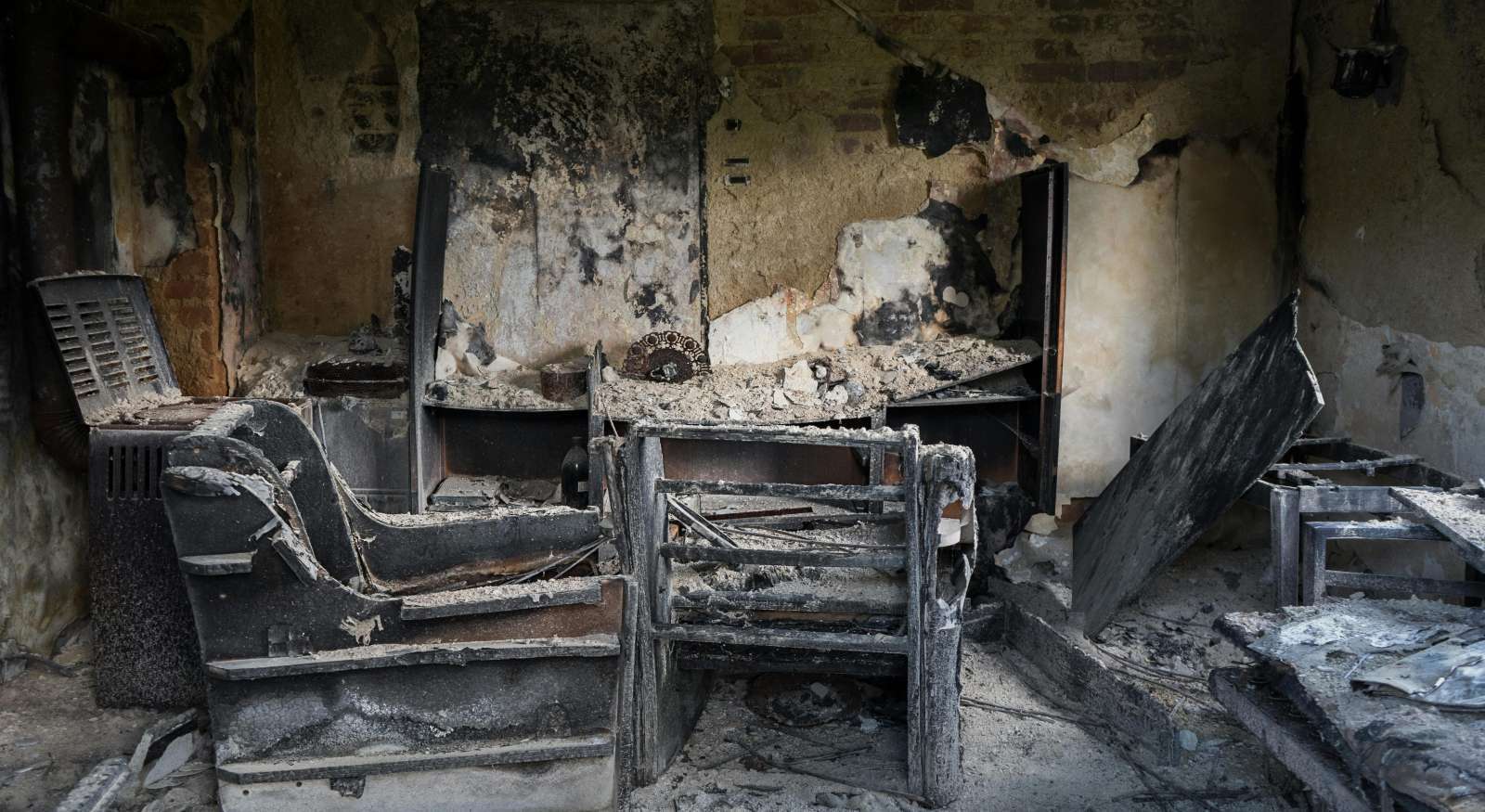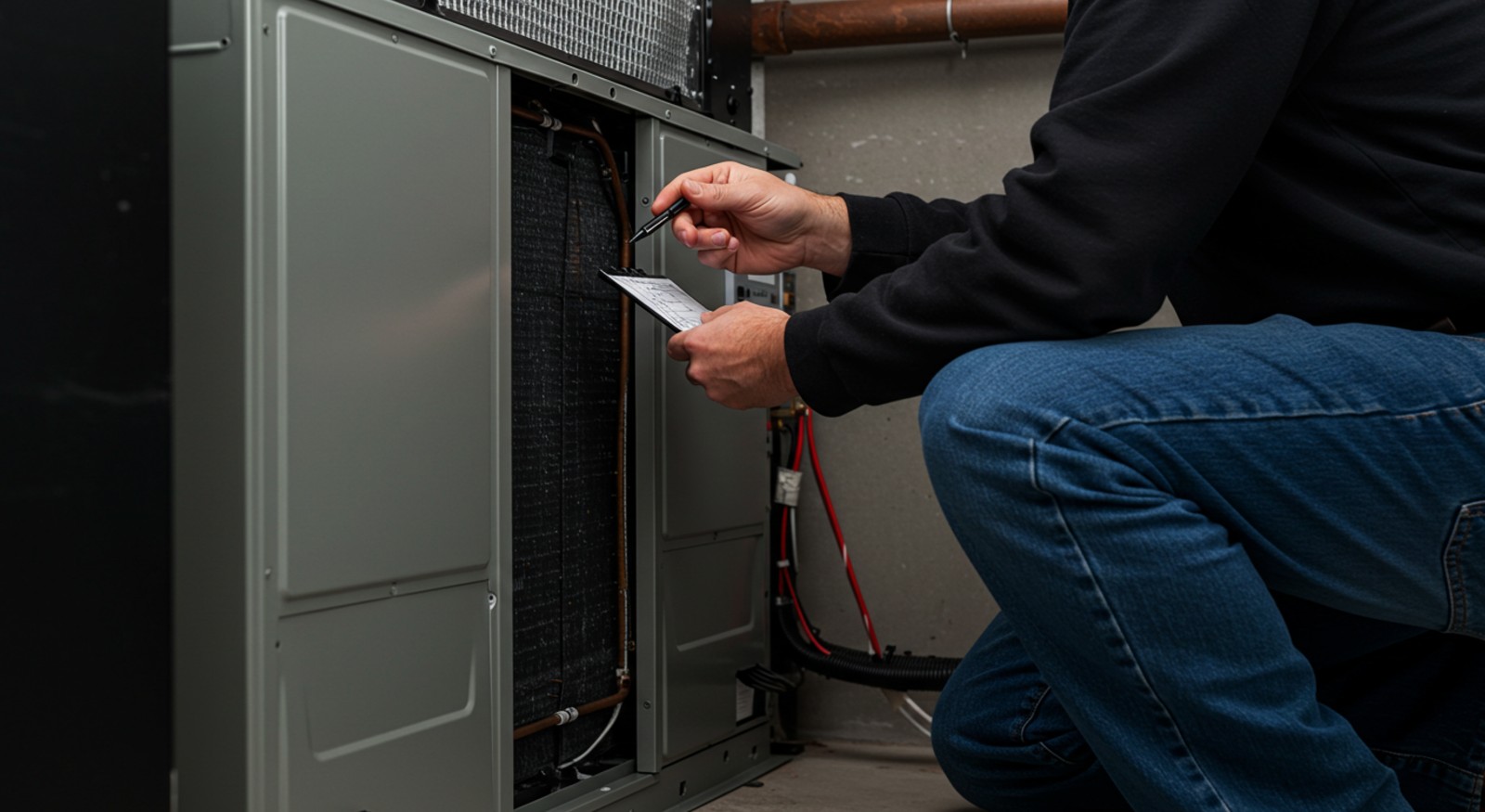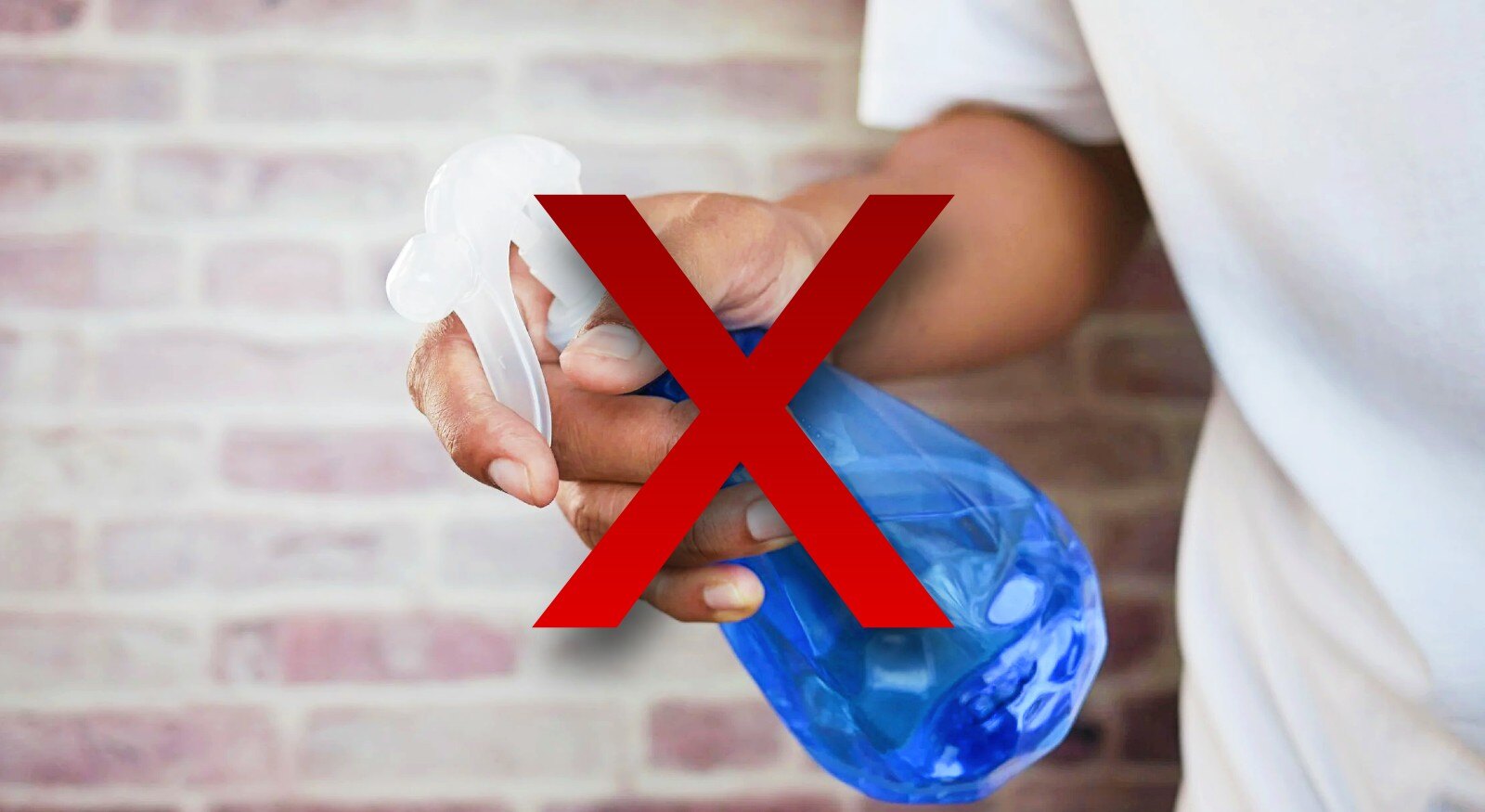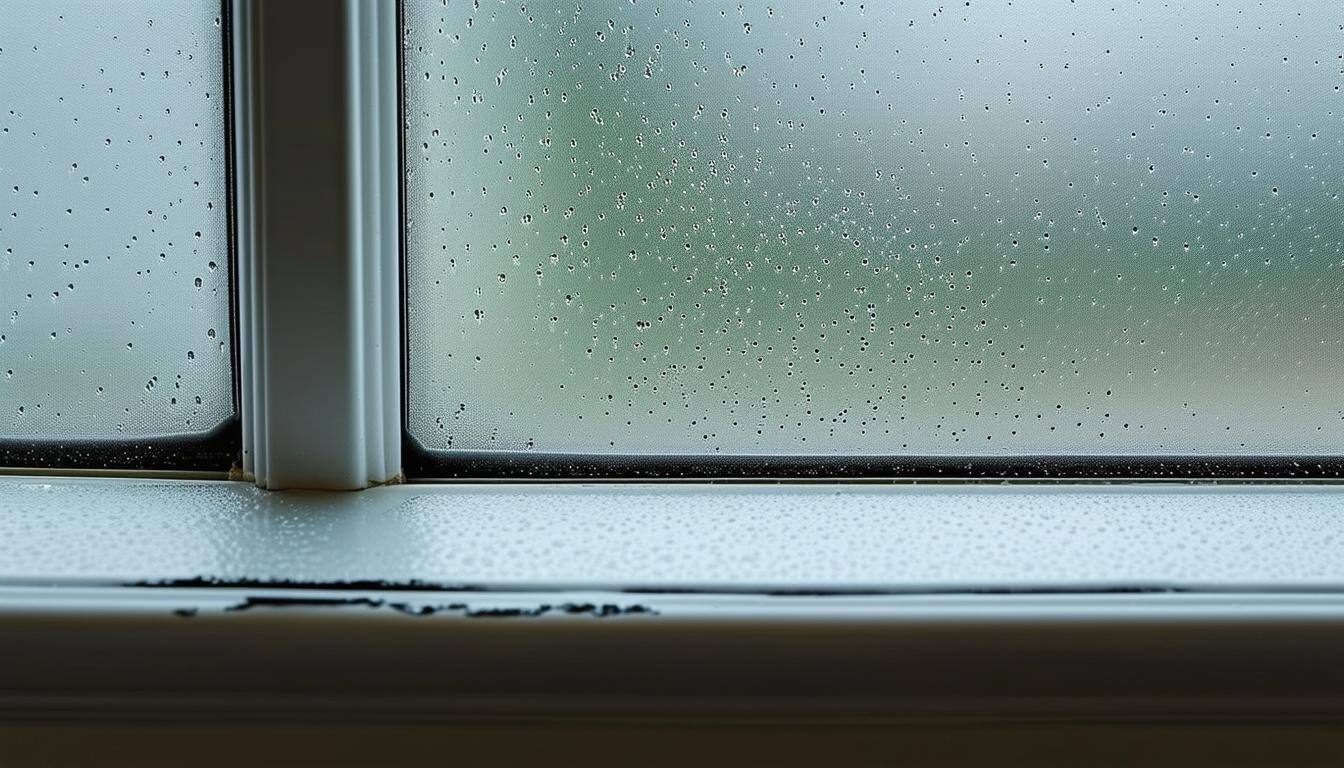DIY Mold Remediation: Get Rid of Mold in Wooden Surfaces
July 21st, 2025
4 min read
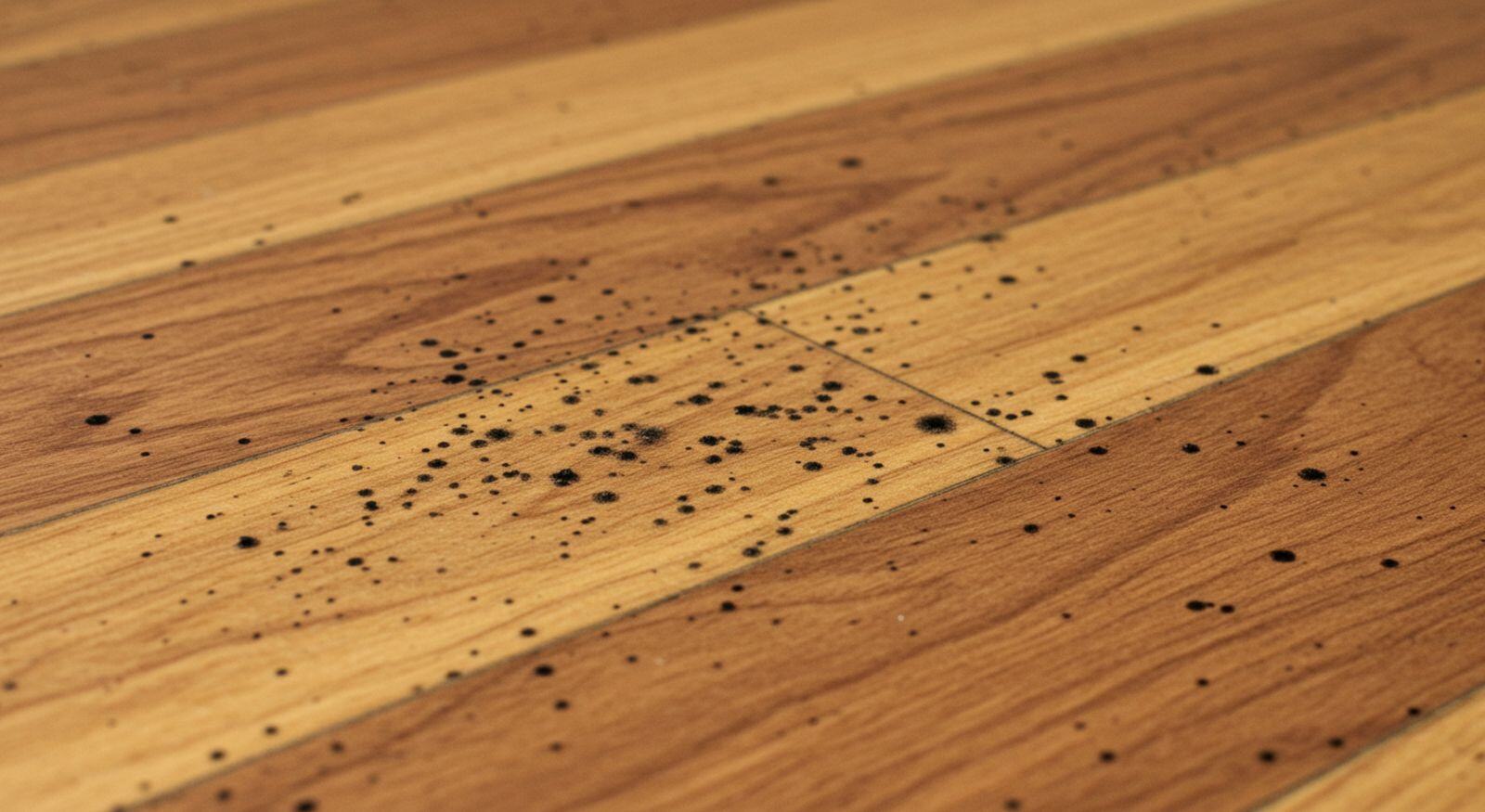
Mold can ruin the appearance of wooden furniture and floors with black, green, or white streaks. All it needs is moisture to grow very fast. This is a common homeowner headache, and it's understandable to feel a bit overwhelmed and unsure of what to do.
Having helped our South Arkansas neighbors with mold remediation, we know how to navigate these situations. We want to empower you with the knowledge to tackle this problem yourself.
Today, we will discuss how to identify mold on wood and safe, practical tips for cleaning up. Finally, we will provide valuable prevention strategies to keep mold in check and protect your home for years to come. Let's get started!
Why Wood Can Be a Breeding Ground for Mold
The United States Environmental Protection Agency (EPA) explains that mold spores can be found in every space (including indoors). All mold needs is organic matter and the right moisture levels to grow into a colony.
Now, let's get this out of the way. Wood is an organic material, making it a prime candidate for mold growth. Southern Arkansas's humid weather also makes it the perfect environment for mold growth. Combining these two factors can result in a perfect storm. And finally, it doesn't help that wood is a porous material, making it easier for mold to deepen its "roots" into it.
How to Know if It's Really Mold
Cleaning mold from wood yourself can be a challenging endeavor, which is why it's so important to ensure you are dealing with mold and not something else. Here are some signs to look for:
- Mold's Appearance: Mold can look fuzzy, slimy, or powdery. It can be black, green, white, or other colors. It's not picky.
- Musty Smell: Mold often has a distinct musty or earthy odor. If it smells like a damp basement, you might have mold.
- Location: Mold is commonly found in damp areas. So, if you see something suspicious in your bathroom, kitchen, or basement, it's more likely to be mold.
Before You Start: Safety First
The thing about mold is that it can release spores during the cleanup process, which can irritate your lungs and cause allergies. Never mind spreading them around the house, making the problem larger. During a cleanup, the EPA recommends wearing the following protective gear:
- Gloves: Preferably use ones that go into the forearm. They will keep the mold off your skin, preventing irritation.
- Mask: An N-95 respirator mask is best to avoid breathing in spores.
- Eye Protection: Goggles or safety glasses without apertures will keep spores out of your eyes.
Another good tip is to open windows and use a fan to get some fresh air flowing.
Gear Up for Cleaning Mold Off Wood
There are several ways to clean mold off wood. The best method depends on how harmful the mold is and what kind of wood you're dealing with.
Materials
- Vacuum with HEPA filter
- Soft-bristled scrub brush
- Sponge
- Spray bottle
- Soft cloth
Moreover, you should wear old clothes that you don't mind getting dirty or that you are ready to throw away, along with the previously mentioned protective gear.
Cleaning solutions
- Chlorine bleach
- Dishwashing liquid
- Distilled white vinegar
- Sandpaper (optional)
- Water
Your Step-by-Step Guide to Cleaning Mold from Wood
Wood is an organic, porous material, making it the perfect target for mold. However, if you are up to the task, you can remove it with a bit of elbow grease and some everyday household items. Here's how to approach cleaning mold off wood:
Step 1. Preparation
Gather your cleaning supplies and safety gear. Cover any nearby surfaces to protect them from drips and mold spores.
Step 2. Vacuuming the mold
Use your vacuum with a HEPA filter to suck up the mold spores from the surface of the wood. Remember to empty the vacuum bag or container outside once you are done.
Step 3. Use Dishwashing Liquid (for Painted Wood)
If mold grows in an interior door or your wood flooring, you can start the removal process with a mixture of one tablespoon of dishwashing liquid and a quart of water. Spray the mix, scrub away with a soft-bristled brush, and dry the excess with a sponge.
Step 4. Use Distilled White Vinegar
Now that you have treated the surface, it's time to take care of the mold "roots." Start by spraying distilled white vinegar and gently applying it to the spots. Let it dry for at least one hour. If the mold is gone, you can finish the wood by spraying a wood protector like Scott's Liquid Gold and applying it with a soft cloth.
Step 5. Use Chlorine Bleach (for stubborn stains)
For more extreme cases, you might need a stronger cleaning solution. The specialized website The Spruce suggests mixing one tablespoon of dishwashing liquid, half a cup of chlorine bleach, and one cup of warm water. Apply the solution with a brush and let it dry. Finally, clean the area with a soft cloth.
Step 6. Sanding (optional)
Given wood's porous nature, mold can penetrate deep within the material. If you still want to try cleaning it, you may need to use the nuclear option: sanding the wood. After using the sandpaper, vacuum thoroughly, and consider using a finisher, sealer, and/or paint for the wood. This will prevent future damage.
Prevention: The Key to Keep Mold Away
The best way to deal with mold is not to let it grow in the first place. Here are some key strategies to prevent mold growth:
- Control Moisture: This is the most important factor. Fix leaks, control humidity, and ensure proper ventilation in your home.
- Improve Ventilation: Make sure air can circulate in damp areas.
- Regular Cleaning: Clean wood surfaces regularly to prevent dirt buildup.
When to Call the Pros
While you can often clean up small mold patches yourself, there are times when it's best to call in the professionals. If the mold covers a large area (larger than 10 sq. ft.), if you have health issues, or if the mold keeps returning, seek expert help. Professionals can safely remove large amounts of mold, protect your health, and find the underlying moisture problem causing the mold.
No one likes to see their precious wood furniture or flooring being taken over by mold. But as worrisome as this scenario can be, there is a solution. Now that Restore-It has taught you the causes behind mold growth and how to use the right cleaning techniques and preventative measures so that you can tackle this issue with confidence. However, contact Restore-It if you are looking at a problem beyond your capacity. We are ready to eliminate that stubborn mold and keep your home beautiful.
Topics:





